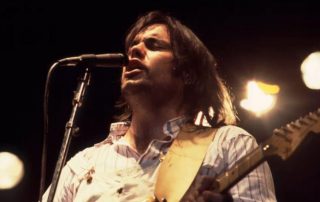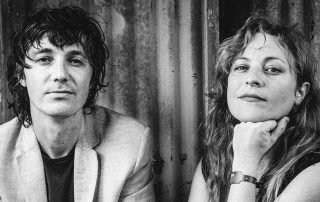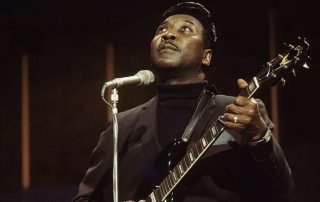Decade of Difference: Lowell George
Best known as the founder and original bandleader for Little Feat, Lowell George first performed in public on the Ted Mack Amateur Hour at age six, playing harmonica with his brother Hampton in a duet. During his secondary school years, George began playing guitar, flute and saxophone.
George was not a rock and roll fan, preferring jazz and soul jazz. After high school, he worked odd jobs to support his studies in art history. His location in Hollywood and his family connection to the entertainment industry got George access to several unusual gigs for his first band, The Factory. The group had bit parts on several contemporary comedies, including F Troop and Gomer Pyle, USMC.
In 1968, George joined the Mothers of Invention and played on five Zappa albums. When he approached Zappa with material for the band, the two agreed that George would be best off forming his own band. That is when he and a set of musicians from the Mothers left to form Little Feat.
Lowell George remained with Little Feat through 1979. A highlight for the band was the opening spot on the 1976 tour by The Who. Internal disagreements over the band’s direction led several founding members to depart and the first disbandment of the group.
While in Little Feat, George had successful projects as a producer, including Shakedown Street for the Grateful Dead, and also worked as a session musician on albums by John Cale, The Meters, Harry Nilsson, and Jackson Browne. Possibly the most visible work by George as a session musician was his slide guitar on Robert Palmer’s first album, Sneakin’ Sally Through the Alley.
Lowell George recorded one solo record in 1979. A stellar cast of supporting artists appeared on the album and George selected a mix of originals and covers to complete the record.
His overindulgent lifestyle brought on his death in 1979 while on tour to support the solo record. Binge eating and drug abuse left George morbidly obese. The morning after a show in Washington, D.C., Lowell George died of a heart attack in his motel room in Arlington.











